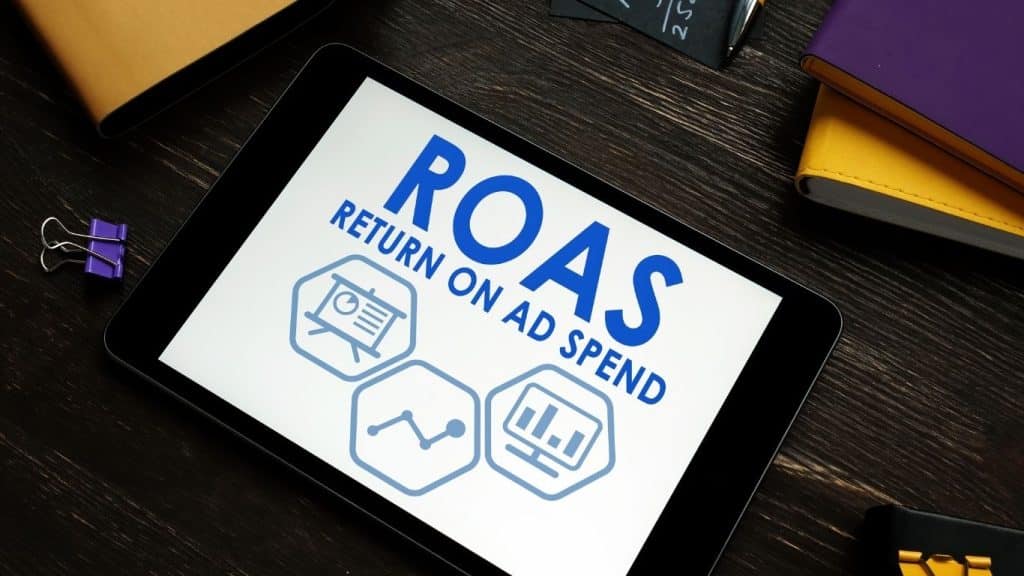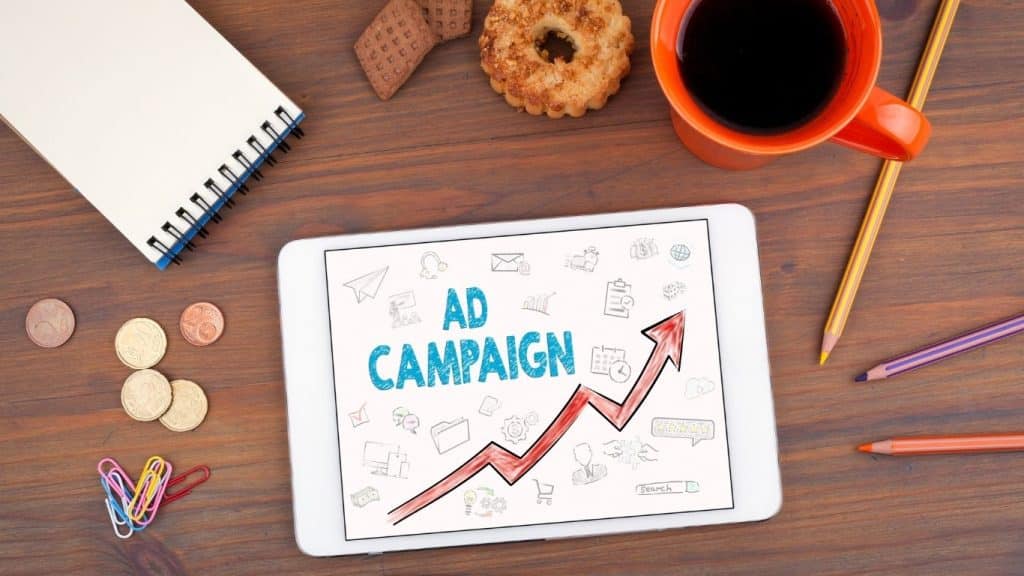Google Ads is one of the most powerful tools in digital marketing — but without proper strategy, it can also become a money pit. Whether you’re a small business owner or a digital marketer, this guide will help you improve your Google Ads performance, get more conversions, and maximize your ROI in 2025.

Why Google Ads Still Works in 2025
Despite evolving platforms and privacy updates, Google Ads continues to drive high-intent traffic — people actively searching for what you offer.
Benefits include:
-
Immediate visibility on search results
-
Targeting by location, device, audience, and intent
-
Scalable campaigns for any budget
-
Detailed performance tracking
But to see results, you need more than just setting up a few ads — you need strategy.

7 Proven Ways to Improve Google Ads Performance
1. Refine Your Keyword Strategy
Broad keywords often waste budget. Instead:
- Use exact match and phrase match for high-intent searches
- Regularly update negative keywords to exclude irrelevant traffic
- Use tools like Google Keyword Planner or SEMrush to find high-converting keywords
Example: Instead of “marketing,” try “affordable marketing consultant in Chicago.”
2. Write Click-Worthy Ad Copy
Your ad needs to stand out among multiple competitors. Make it:
- Clear and benefit-driven
- Action-oriented (e.g., “Get a Free Quote,” “Download Now”)
- Matched closely with the user’s search intent
Bonus Tip: Test at least 3 ad variations per ad group.
3. Optimize Your Landing Pages
Don’t send traffic to a generic homepage. A landing page should:
- Match your ad’s message
- Load quickly (under 3 seconds)
- Be mobile-friendly
- Have a clear call-to-action (CTA)
Tools to help: Unbounce, Instapage, or Elementor for WordPress
4. Use Ad Extensions Wisely
Boost your ad visibility and click-through rate by adding:
- Sitelink extensions (to drive users to specific pages)
- Call extensions (for phone-based leads)
- Location extensions (great for local businesses)
- Price or promotion extensions (great for eCommerce)
5. Implement Conversion Tracking
You can’t improve what you don’t track. Set up:
- Google Ads Conversion Tracking (via Google Tag Manager)
- Google Analytics 4 (GA4) integrations
- Track actions like form fills, purchases, and phone calls
6. Test and Optimize Bidding Strategies
Try different bidding strategies depending on your goal:
- Maximize Conversions for lead generation
- Target CPA (Cost per Acquisition) for stable scaling
- Manual CPC for full control (advanced users)
Don’t just set it and forget it — monitor and tweak weekly.
7. A/B Test Everything
Continuously test:
- Headlines
- CTAs
- Ad copy
- Landing pages
- Audience targeting
A/B testing helps you find what works without wasting budget.

Advanced Tactics for 2025
- Smart Campaigns with AI Assist: Google’s AI can help optimize ads automatically — just be sure to monitor performance.
- Remarketing Lists for Search Ads (RLSAs): Re-engage visitors who previously interacted with your site.
- Responsive Search Ads (RSAs): Let Google mix and match headlines/descriptions for better performance.
Common Mistakes to Avoid
- Ignoring negative keywords
- Sending traffic to a slow or irrelevant page
- Letting campaigns run without optimization
- Relying solely on broad match keywords
- Not aligning ad copy with landing page content
Partner with Blue Apple Launchpad to Accelerate Results
At Blue Apple Launchpad, we help entrepreneurs and businesses unlock the full potential of Google Ads with expert-led strategy, tools, and support.
Whether you’re just starting or need to boost your current ad performance, we can help you:
- Create optimized campaigns
- Improve quality scores
- Lower cost-per-click (CPC)
- Increase conversions with better targeting and content
Final Thoughts
Google Ads can be a game-changer — but only if you know how to use it effectively. With the right strategy, tools, and testing process, you can drive consistent, scalable growth through paid search.
👉 Ready to improve your Google Ads performance?
Visit Blue Apple Launchpad for tailored support, tools, and training.
